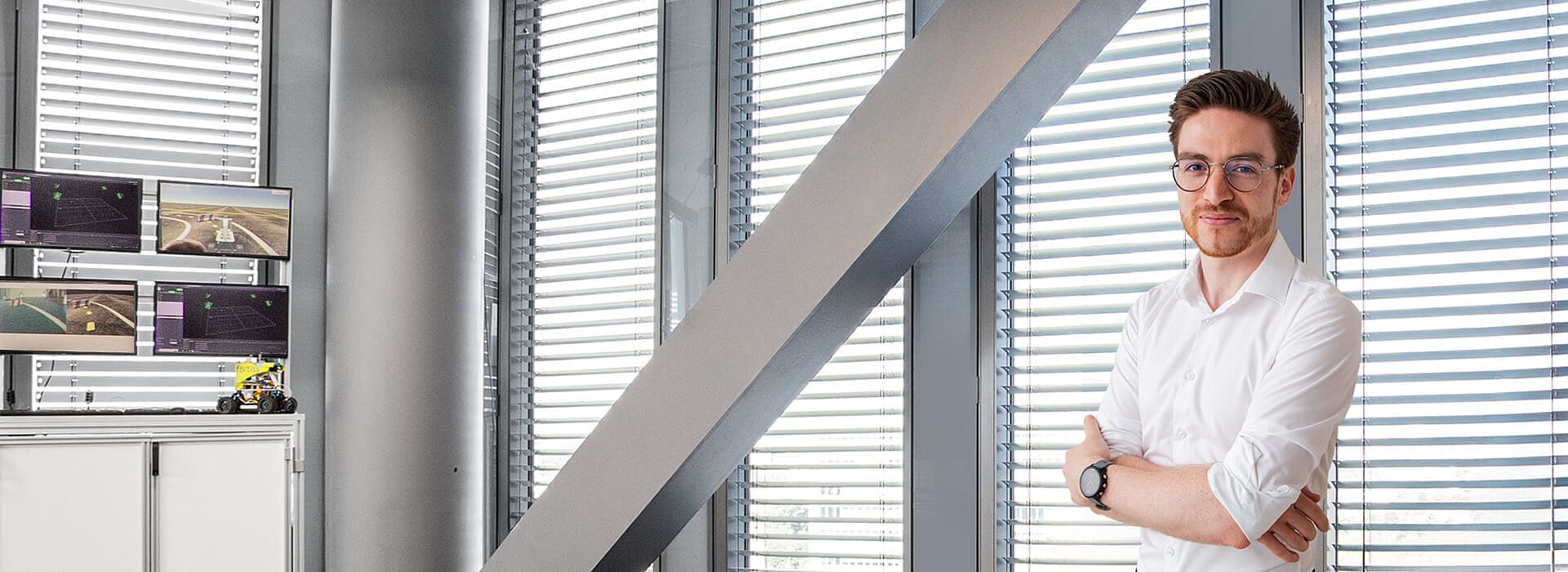For decision makers in industry, what are the top misconceptions about safety testing in AI-based systems?
One common misconception is that once a system has been tested, it remains covered even after updates. Even small software changes can cause major shifts in system behavior, making older test cases ineffective. Relying on static or reused test sets simply doesn’t work anymore.
Therefore, as autonomy increases, safety testing must evolve too. Companies now need automated, intelligent test generation that’s part of a continuous safety verification process. That’s the only way to keep up with system complexity and ensure long-term functional safety.
How does fortiss support automated test generation early in development to improve safety and reduce cost?
We’ve developed open-source tools and methods that support early, automated test generation. Our techniques help select the most effective test approach based on system needs and available resources, making testing both practical and cost-efficient.
We also work with black-box components using open standards like the Functional Mock-up Interface (FMI), enabling meaningful system-level testing even when not all components are available yet. These methods integrate well into CI/CD pipelines, so companies can detect and fix issues much earlier — when it’s faster and cheaper to do so.
How do you help companies design system architectures that are both safe and scalable, especially with strict standards like ISO 26262?
We support companies in designing architectures that balance scalability with safety by automatically generating and optimizing safety mechanisms within their systems. Our methods can propose architecture improvements that meet ISO 26262 requirements, while minimizing hardware or software cost and maximizing fault coverage.
These approaches have been applied in both aerospace and automotive domains, where we've helped partners reduce manual effort and manage growing complexity. Because our methods are automated and standard-driven, they’re especially useful in early development phases where design choices have the biggest impact.
How can automotive companies practically use fortiss tools in their current safety testing and development processes?
Our tools and methods are designed to fit into real-world industry workflows. Because they’re aligned with standards like ISO 26262 and modern development models, they can be used alongside existing processes whether traditional or agile.
We work closely with industry partners to make the integration smooth. Since our tools are open source, they’re easy to adapt to existing infrastructure. In many cases, we also support companies through tailored workshops and direct collaboration helping teams not only understand the tools but apply them effectively in their daily development environment.


